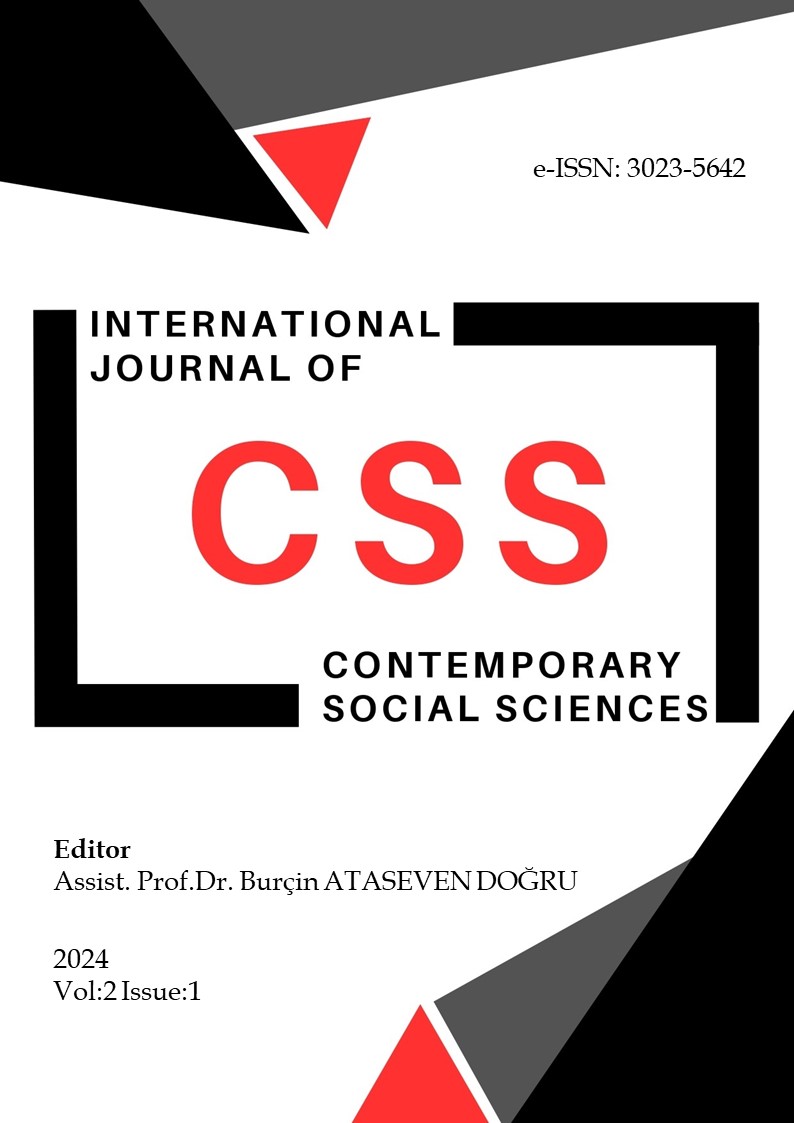Maliyet Etkin ve Sürdürülebilir Üretim Reçetesi Seçimi için Bir ÇKKV Uygulaması: Seramik Karo Üretimi Örneği
Author :
Abstract
Bu çalışma, seramik karo endüstrisinde maliyet etkin ve sürdürülebilir üretim reçetelerinin seçimini incelemektedir. Çalışma, çevresel sürdürülebilirliği iyileştirirken ekonomik uygulanabilirliği korumaya odaklanmaktadır. Artan hammadde maliyetleri ve çevresel kaygılar, seramik üretiminde yenilikçi çözümler gerektirmektedir. Bu bağlamda, çalışma Çok Kriterli Karar Verme (ÇKKV) yöntemleri olan Analitik Hiyerarşi Süreci (AHS) ve İdeal Çözüme Benzerliklere Göre Tercih Sıralama Tekniği (TOPSIS) yöntemlerini kullanarak farklı üretim reçetelerini değerlendirmiş ve önceliklendirmiştir. Öncelikle, su kullanımı, doğalgaz kullanımı, gaz emisyonları ve atık oluşumu, doğal kaynak kullanımı ve maliyet gibi kritik kriterler belirlenerek problem tanımlanmıştır. Bu kriterlere göre beş alternatif reçete formüle edilmiş ve değerlendirilmiştir. Gerekli adımlar bir seramik üretim firmasıyla iş birliği içinde bizzat atılarak veriler toplanmış ve analiz edilmiştir. Kriterlerin göreceli önemini yansıtan ağırlıklar AHS yöntemi ile belirlenmiştir. Bu ağırlıklar daha sonra TOPSIS analizine entegre edilerek alternatiflerin sıralaması yapılmıştır. Sonuçlar, kırık cam ve azaltılmış feldspat miktarı içeren dördüncü alternatifin, sürdürülebilirlik ve maliyet etkinliği açısından en uygun seçenek olduğunu göstermiştir. Çalışma, çevresel ve ekonomik metriklerde üstün performansı nedeniyle dördüncü alternatifin benimsenmesini önermektedir. Bu yaklaşım, endüstrinin sürdürülebilirlik hedefleriyle uyumlu olmasının yanı sıra rekabet avantajını artırmakta ve seramik karo üretiminde karar verme için sağlam bir çerçeve sunmaktadır.
Keywords
Abstract
This study investigates the selection of cost-effective and sustainable production recipes in the ceramic tile industry. It focuses on improving environmental sustainability while maintaining economic viability. Rising raw material costs and environmental concerns require innovative solutions for ceramic production. The study uses Multi-Criteria Decision Making (MCDM) methodologies, Analytic Hierarchy Process (AHP), and Preference Ranking Technique by Similarity to Ideal Solution (TOPSIS) to evaluate and prioritize various production recipes. Initially, the problem was defined by identifying critical criteria such as water usage, natural gas usage, gas emissions and waste generation, natural resource utilization, and cost. Five alternative recipes were formulated and evaluated according to these criteria. The data were collected and evaluated in cooperation with a ceramic production company by personally taking the necessary steps. The AHP method was used to assign weights to each criterion reflecting their relative importance. These weights were then integrated into the TOPSIS analysis to rank the alternatives. The results show that the fourth alternative with broken glass and reduced amounts of feldspar emerged as the most favorable alternative, providing the best balance between sustainability and cost-effectiveness. The study concludes with a recommendation to adopt the fourth alternative due to its superior performance on environmental and economic metrics. This approach not only enhances competitive advantage but also aligns with the sustainability objectives of the industry, providing a sound framework for decision-making in ceramic tile production.





